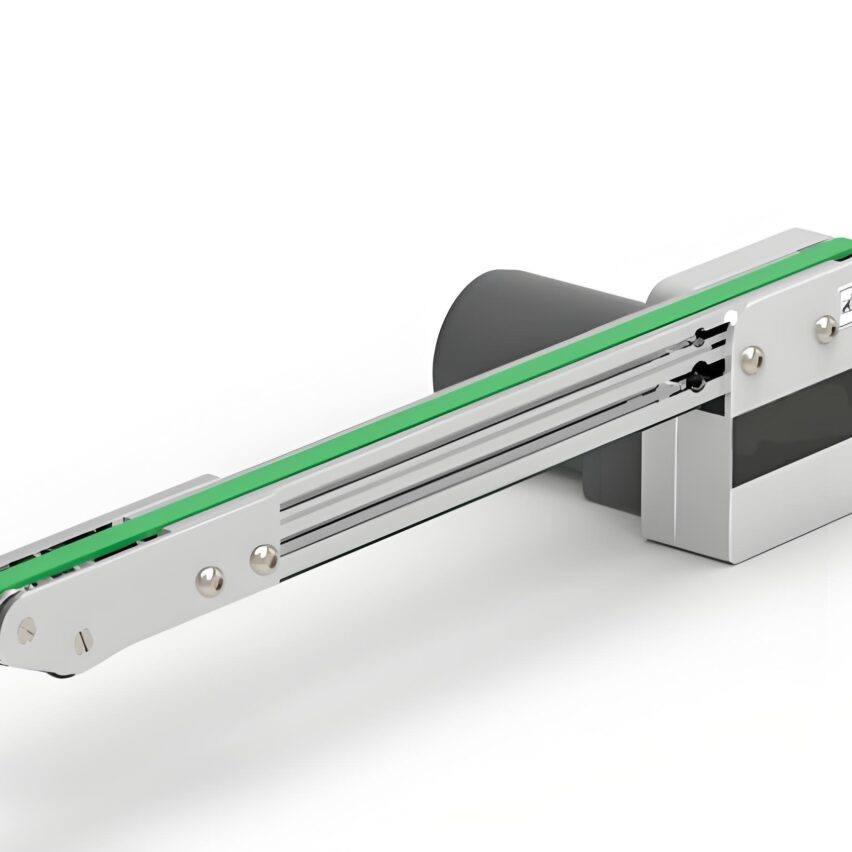Hey, brothers engaged in conveying line, have you ever experienced this crazy moment? The equipment is installed, the electricity is on, but the signal can't be passed; the motor rotates fast and slow, the photoelectricity works and doesn't work...Don't be so quick to dump on the supplier, 80% of the time the electrical interface is buried!Today we will nag through the conveyor line electrical interface specification and error-proof doorway, guarantee that you read straight pat on the thigh: "So the pit is here ah!"
First, the electrical code: equipment "blood vessels" wiring iron law
Core Problem: What to do about wires messed up into a bird's nest? What should I do about the fight between the strong and weak electricity?
Anyone who has worked in the field understands that electrical wiring is the "vascular system" of the equipment. Want it to run smoothly? Have to guard the three lifeblood:
-
Distribution box labelling is a lifeline
Don't underestimate the string of characters on the box! For example50#-6-M30260This kind of heavenly book:50#= Area 50 (plant area zoning)6= Sub-cabinet 6 (cabinet number)M= Motor box (A is signal box)30260= position of line segmentation (precise positioning)
Mislabelled a letter? Two hours of wire checking in the lightest case, or the motor spinning backwards in the worst case!
-
Strength and weakness must be separated
the road ruin scene of an overturned vehicle life-saving position Power and signal cables bundled together The signal is jammed into a snowflake screen Layered alignment! Signal at the top power at the bottom star joint and corner joint can't tell the difference between the two The motor burns right into the grill Conveyor lines can be connected at an angle, stacker cranes must be connected at a star. Twist the zero and earth wires. Leakage tripping to the point of disbelief The yellow and green bicolour wires are connected to the device housing only!
Real life lesson: A newcomer to a factory stuffed a 380V power line into a signal trunk.Sensor data bounces around en masse-Rewiring delayed the entire production line for 8 hours!
II. Points for error prevention: welding human error into the design
Soul torture: even masters can slip, how to prevent mistakes from the root?
1.Physical deactivation: no place for mistakes
- Plug shape differentiation: Trapezoidal valve plugs, rectangular sensor plugs - want to plug in the wrong way? No way!
- Terminal colour coding: Blue terminal for 24V, red terminal for 220V.You can't even touch it with your eyes closed.
- Layered isolation of breakout boxes::
plaintextmake a copy of
[Signal area] → [Insulated partition] → [Upper 0V signal] → [Insulated partition] → [Lower 24V power supply]Physical isolation completely eliminates the risk of shorting
2.Programming error-proofing: double insurance for PLCs
Take a brake control case:
- Hardcore Condition Lock: only if
Speed sensor = 0both (... and...)Holding brake feedback = closedThe safety relay will only be released when - Heartbeat monitoring mechanism: PLC checks signal status every 200ms.Three times over the time limit for direct emergency stops
- Voltage fluctuation tolerance: 24V signal voltage fluctuation over 10%?Trigger alarm immediately without action
Pro-testing God's operation.Add diode to solenoid valve circuit--Reversing the power supply will break the circuit, which is ten times more useful than training workers to memorise the regulations!
III. Communication protocols: a "dialect manual" for device chatting
The fatal question: Why does the device always "talk like a chicken"?
| protocols | Applicable Scenarios | Focus on error prevention |
|---|---|---|
| Modbus-RTU | Sensors/small devices | Station address dialling code with fluorescent labels |
| Profibus | Real-time control of production lines | Terminating resistor must be connected to 120Ω |
| EtherNet/IP | Intelligent Warehouse System | Shielded armoured for network cables |
A case of blood and tears: A logistics warehouse with 50 sorters connected by Profibus.Always randomly dropping out in the middle of the night. It took a week of checking to realise - the network cable was next to the inverter and the EMI was making the packets go missing en masse! The solution?Put on the metal hose + keep a distance of 30cm.Failure rate reduced by 90%.
Personal opinion: norms are not shackles, they are lifesavers!
After more than a decade on the production line, the deepest lesson is this.The degree of specification of the electrical interface directly determines the number of times it is called for repair in the middle of the night!
- The markings are to be observed as a military rule.I've seen a lot of "wired from memory" guys.The whole line was paralysed after the shift change--The cost of labelling is a hundred times less than the loss of production downtime!
- Error-proof design should be front-loadedDon't wait to go into production before patching.The design phase is all about welding out "possible slips".For example, the motor junction box is labelled "star-connected neutral ≠ grounded". For example, the motor junction box is labelled "Star-connected neutral ≠ grounded", which is printed directly on the cover of the box.
- Tests go hard.: Simulate all kinds of death-defying operations before going live: plugging in the wrong wires, unplugging, voltage fluctuations...Failure to reproduce is the best teacher
A final heartfelt word.Every minute spent wiring to spec is recharging your off-duty time!Next time you get a signal jerk, go through this error-proofing guide and you may be able to fix it without even pulling out a spanner.
(End of text)













